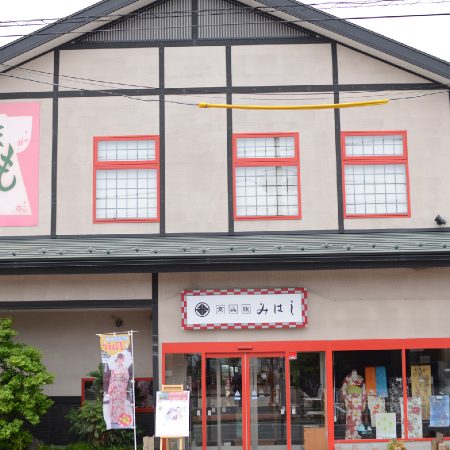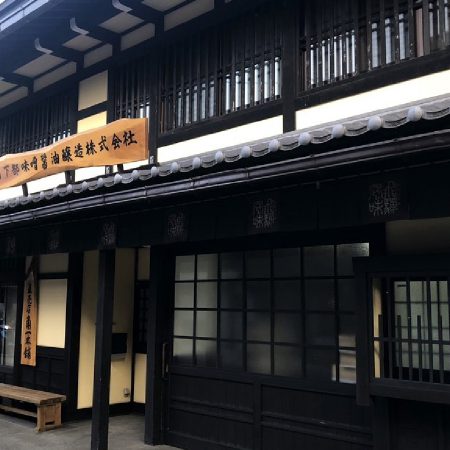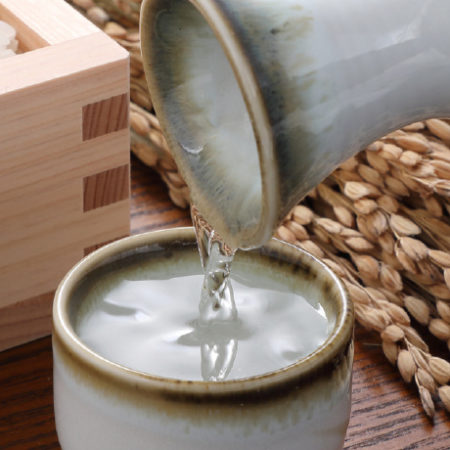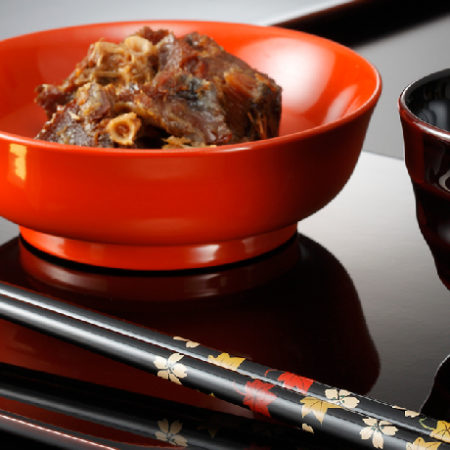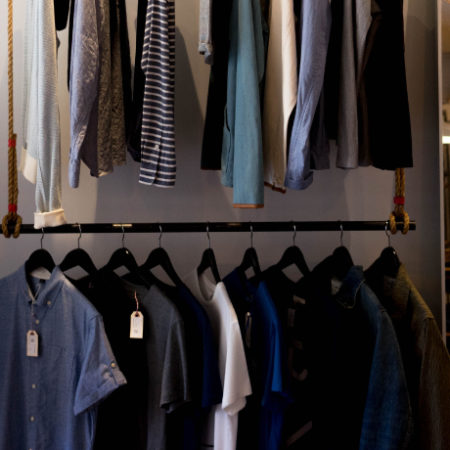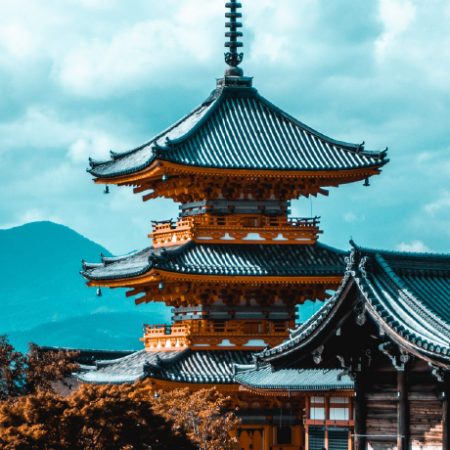We originate from Kiryu City, Gunma Prefecture, which is one of Japan's leading textile towns, and now operate in Numata City, a rural town surrounded by beautiful nature throughout the four seasons. Our slogan is "Sharing Smiles with Kimono," and we strive to spread the charm of kimono, not only by selling them but also by conveying their deep allure and enjoying them together. Through kimono, we aim to communicate and promote a fulfilling lifestyle.
We specialize in dealing with traditional Japanese clothing known as "kimono" that has been nurtured within Japan's unique culture.
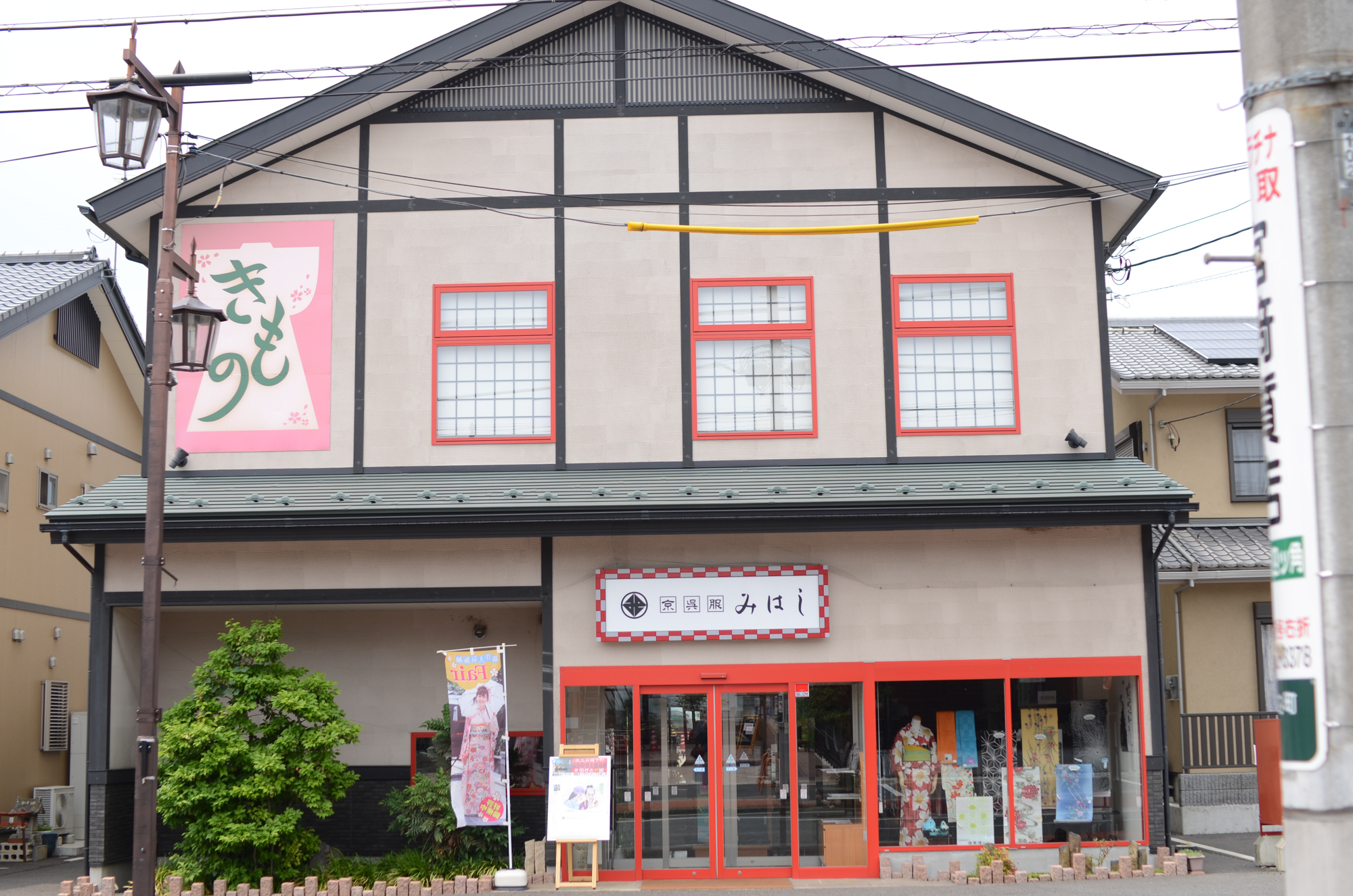
Store appearance
Detailed Company Information
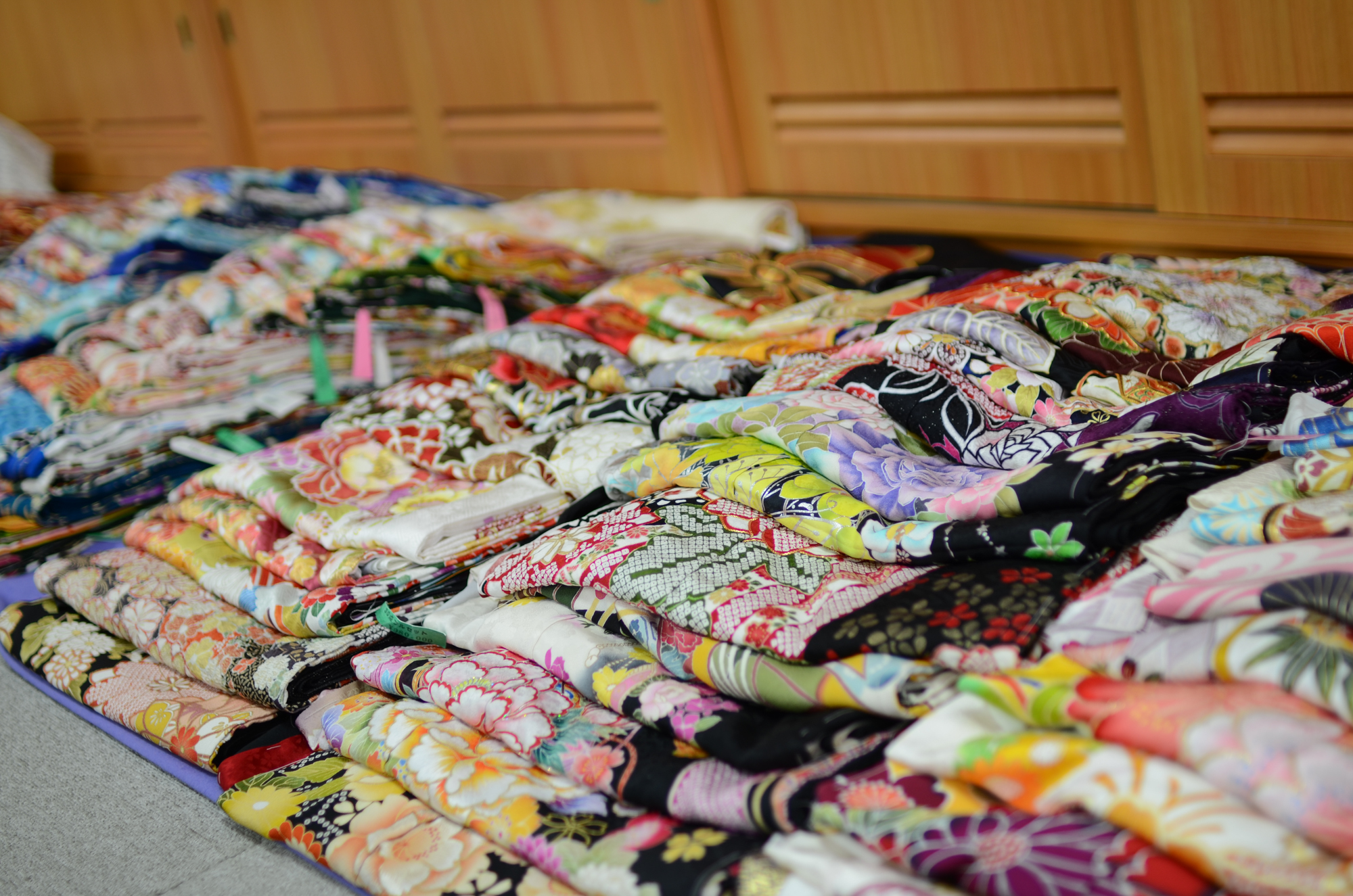
Various Kimonos
- Regions
- Year Established
- 1977
- Main products
- Various Kimonos
- Number of Employees
- 15
- Country of Overseas Operations
- Not yet
- Country of Overseas Operations
- Not yet
- Languages handled
- Japanese
- Interpreter required
- Requred
| Desired Aspects for International Business. |
| If a foreign company shows interest, we would like to have more specific discussions. |
Description of Products for Trade Inquiry
The furisode, a traditional Japanese kimono with long sleeves, features unique designs and motifs that have been nurtured by Japan's distinctive culture. It is believed to bring happiness and prosperity to its owner and wearer, with the long sleeves representing the wish for good relationships and marriage. Not only worn for its intended purpose, it also adds a touch of elegance and sophistication to any interior space. A full set of accessories required for wearing the kimono is included, along with decorative items to display it as an interior piece. Enjoy the deep and intricate world view imbued in the traditional garment's presence, along with the cultural and historical significance of its designs unique to Japan.
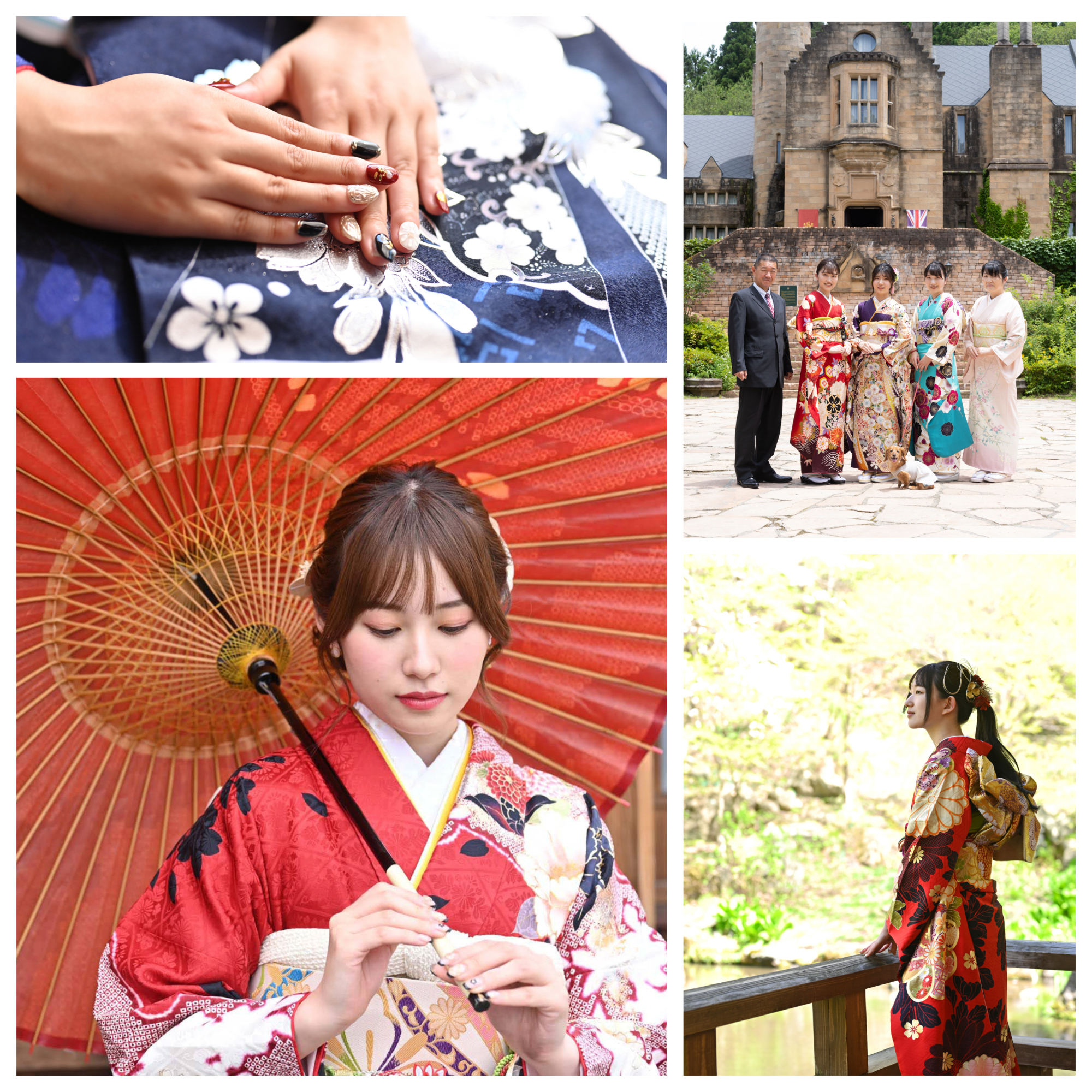
long-sleeved kimono
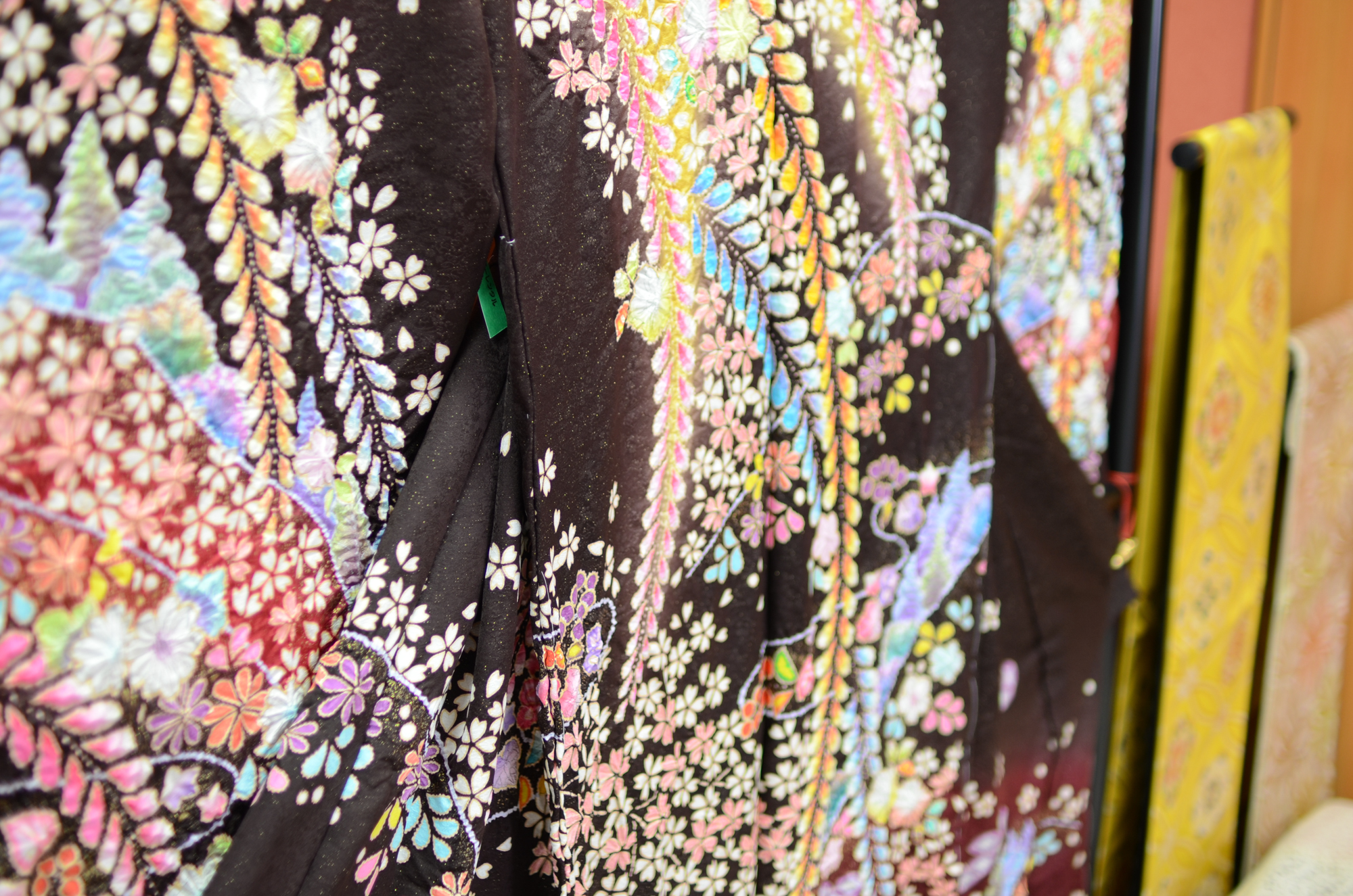
Auspicious pattern
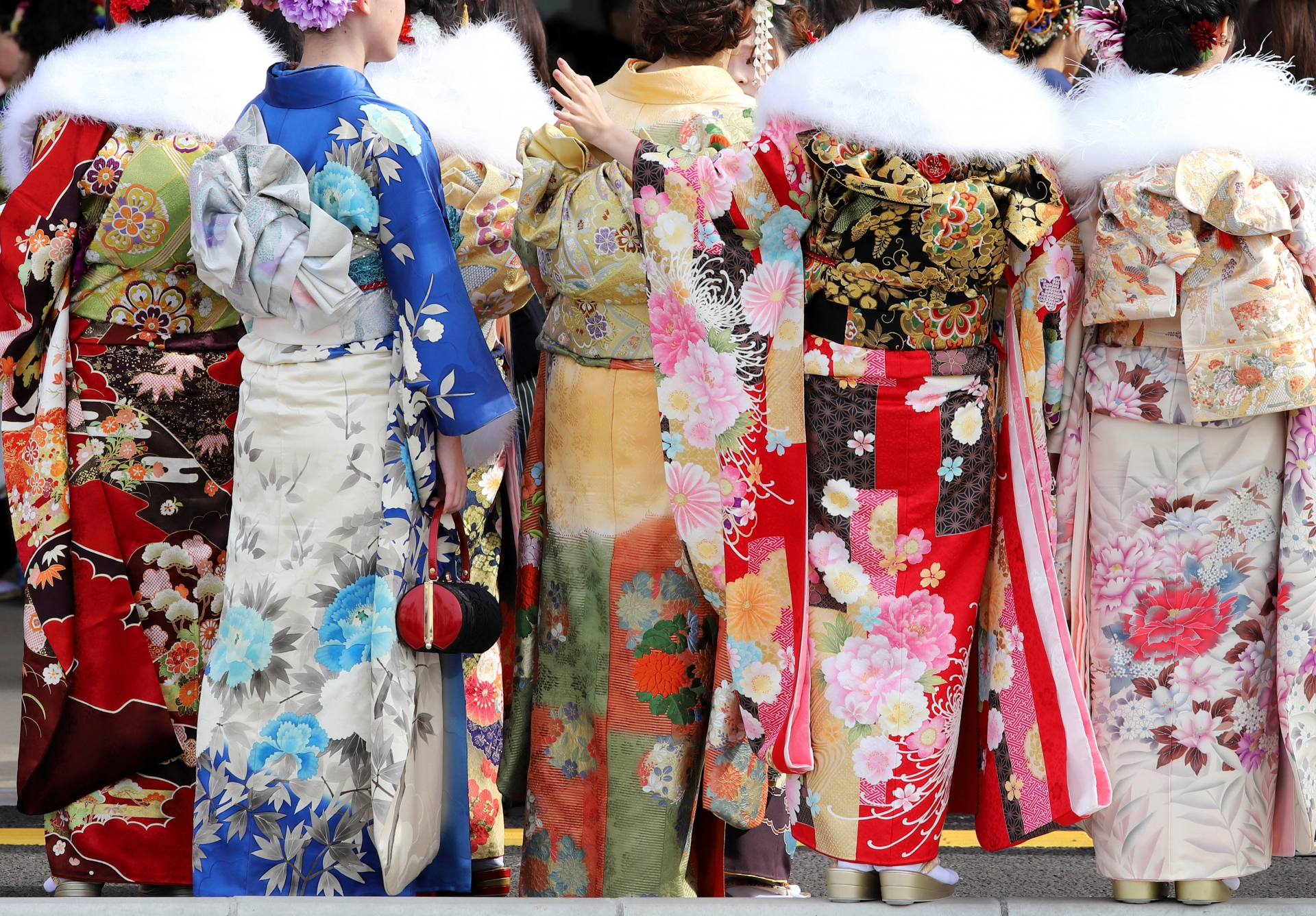
Coming of Age Ceremony in Japan
From the kosode, a short-sleeved garment that appeared during the Heian period, the sleeves gradually became longer during the early Edo period. However, it was not suitable for daily wear and became a formal dress for special occasions. From the Edo period to the Meiji period, it became the primary formal dress for unmarried women and has since developed culturally and fashionably. Today, many women wear it for Seijin-shiki, a ceremony celebrating the coming of age, which has its roots in the Seibu Festival held in Warabi City, Saitama Prefecture in 1946. The garment's development can be seen in both its cultural and fashionable aspects.
- Company Name
- Kyougohuku Mihashi
- Address
- 192 Uenomachi, Numata City, Gunma Prefecture
- Business Activities
- Fashion & Clothing
- Contact Name
- Kou Hirahara
- Affiliated LOM
- JCI Tsudanuma
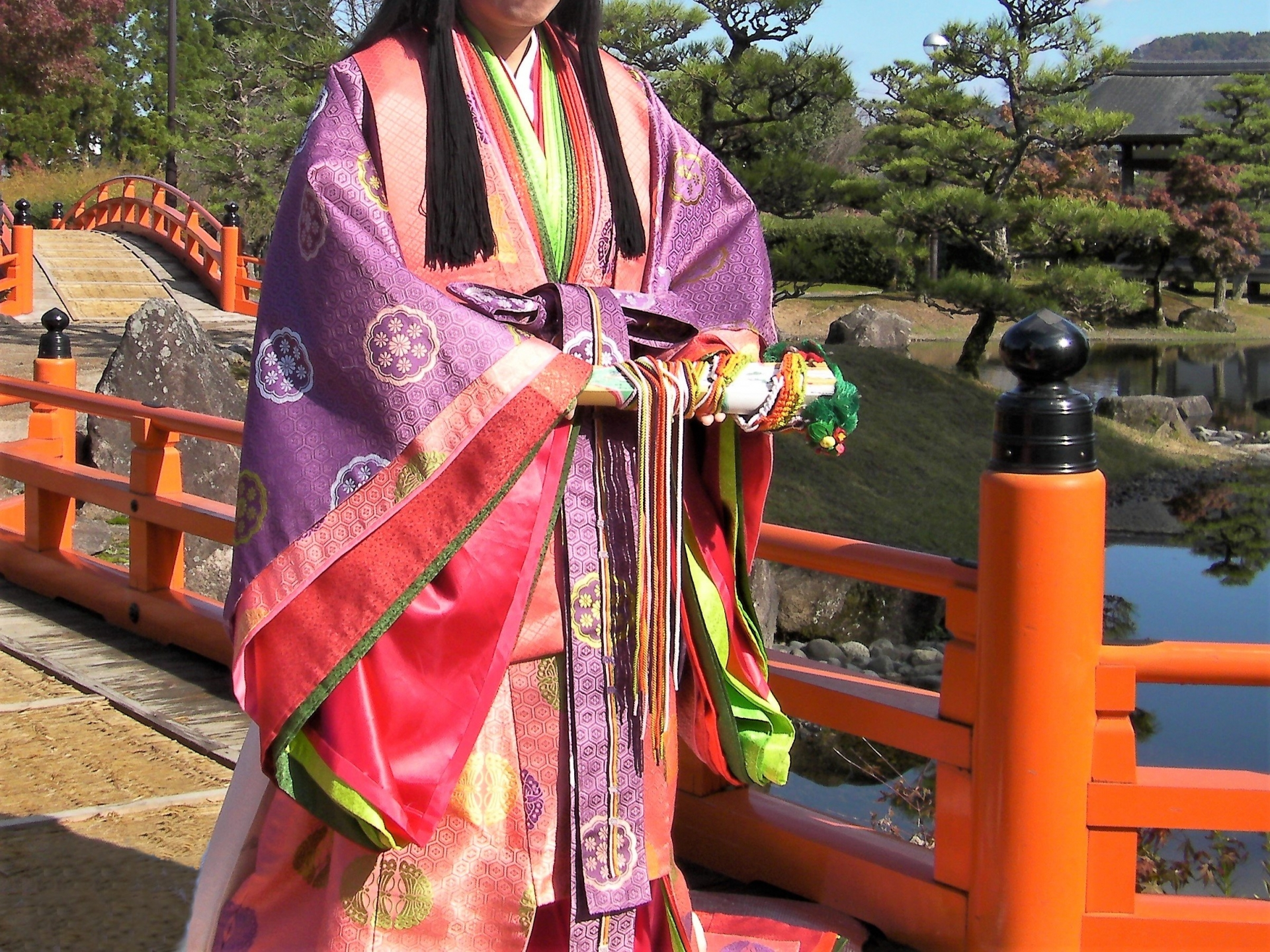
Traditional Twelve-layered Cloth
